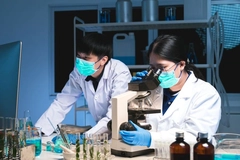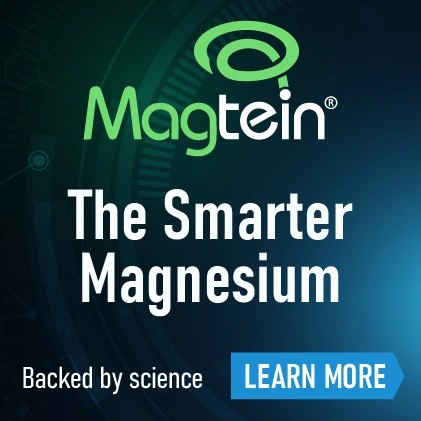Boost ginsenoside production to meet growing ginseng NPD demands, recommend scientists
20 Sep 2021 --- Researchers in South Korea are addressing how to boost the supply of ginsenosides, which is currently not meeting the high demand in the nutraceutical and pharmaceutical industries. They point out that of the two types of ginsenosides, the more effective variety – the minor ginsenosides – accounts for only 20% of the total ginsenoside content in ginseng.
“Understanding and identifying the genes and pathways involved in ginsenoside production can help us develop plants containing high levels of ginsenosides,” says Dr. Ravi Gupta from Kookmin University, who collaborated on a research review with Dr. Sun Tae Kim from Pusan National University.

“The identified genes can also be inserted into other organisms that do not make ginsenosides to create artificial systems like ginsenoside-producing yeasts,” Gupta continues. He adds that such strategies would be essential for large-scale ginsenoside production.Lotte’s gum for studying targets students.
Interdisciplinary insights
Published in Critical Reviews in Food Science and Nutrition, the review includes data from a large number of ginsenoside studies across multiple fields, including botany, biochemistry, genetics and drug research.
In addition to providing an overview of the different types and sources of ginsenosides, the review highlights several opportunities for improving ginsenoside production, both in the natural sources as well as in synthetic biosystems.
Beyond regulation at the gene level, major ginsenosides can be converted to the more effective minor type using chemical and enzymatic treatments as well as microbial action.
Additionally, treatments such as water restriction, light stress, gamma radiation and the administration of plant hormones like jasmonic acid can enhance the ginsenoside content of ginseng.
Capitalizing on the findings
The researchers say that the review is the first of its kind to focus on ginsenosides on a wide scale. Monster’s Mango Loco energy drink features ginseng, taurine and vitamin B complex.
“This was a mammoth challenge, but we strongly believe that our efforts will bear fruit. Our work cements together all the research that has been conducted in the past, and we hope that in the future, scientists will capitalize on it and develop new ways to meet the global demand for ginsenosides,” says Kim.
Korean ginseng brand CheongKwanJang recently observed a prominent upsurge in demand for red ginseng to improve immunity and health since the outbreak of COVID-19 in Korea.
NPD flourishes
Innova Market Insights also reports a strong market for ginseng. Notably, global supplement launches with ginseng as an ingredient have seen annual growth of 18% between 2016 and 2020. The top positioning is Energy & Stamina, followed by Brain & Mood Health and Immune Health. However, with a CAGR of 63%, the fastest growing positioning is Mental Acuity.
One example of ginseng’s use for brain health and energy is Lotte’s gum for studying from Korea. Meanwhile, Russian consumers can consume ginseng via Monster’s Mango Loco energy drink, where it is combined with taurine and vitamin B complex.
In terms of global distribution, the most popular region for supplement launches with ginseng is North America, followed by West Europe and Asia. However, the Middle East and East Europe are areas to watch, with CAGRs of 73% and 54%, respectively, albeit from a small baseline.
Ginseng has also been proving popular in functional beverages, where they can lend credibility as well as a cleaner label. One notable use is in PepsiCo’s Lift variety of its Soulboost sparkling water, which targets mental stamina.
In December, experts flagged that adaptogens like ginseng hold “enormous market opportunity” against the ongoing COVID-19 backdrop.
By Katherine Durrell















